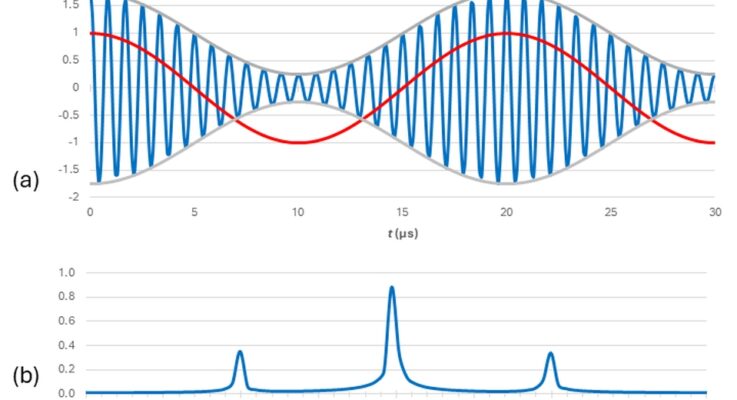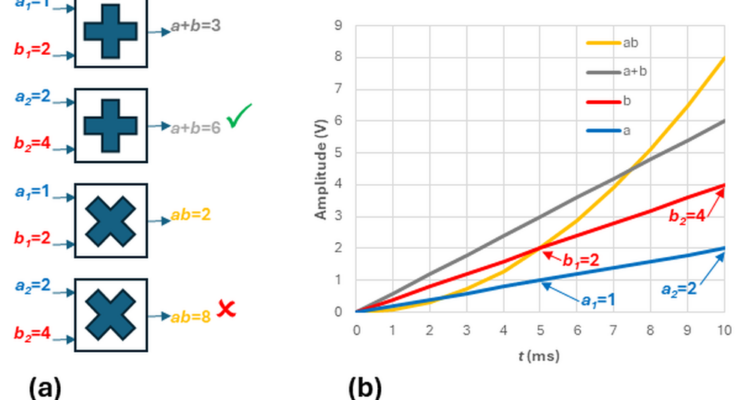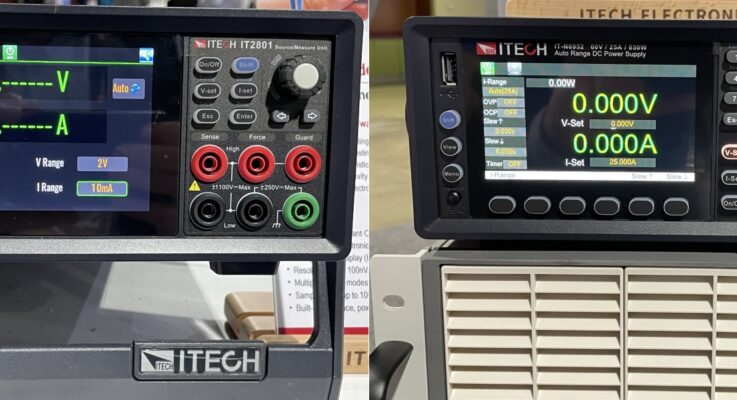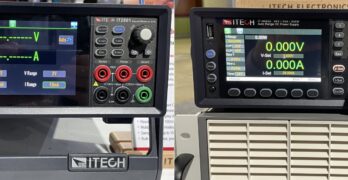Test equipment is everywhere. Every trade show has it regardless of the focus. Power is no exception. At APEC 2024, EE World visited several booths displaying test equipment: meters, oscilloscopes, source-measure units (SMUs), bench power supplies, … [Read More...] about APEC 2024: Test equipment
Main Content
FROM THE EDITORS
-

Aimee Kalnoskas
Measure RF power from 25 MHz to 1 GHz with your laptop -

Martin Rowe
OFC 2024: Test equipment -

Rick Nelson
What is intermodulation, and is it good or bad? Part 2 -

Emma Lutjen
Moku product line enhanced with added instrument -

Kenneth Wyatt
Spectrum measurements shed light on sign malfunctions
Today on Test & Measurement Tips
FAQs
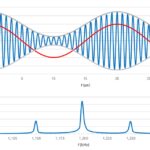
What is intermodulation, and is it good or bad? Part 2
A mixer can upconvert and downconvert a modulated signal with no loss of baseband information. Part 1 of this series described intermodulation resulting from the combining of two or more sinusoidal signals through a nonlinear device such as the mixer in Figure 1. The mixer's output is the product … [Read More...] about What is intermodulation, and is it good or bad? Part 2
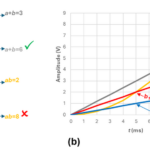
What is intermodulation, and is it good or bad? Part 1
Sinusoidal inputs applied to a nonlinear system produce an output containing different frequencies, and the results can be good, bad, or ugly. According to the dictionary definition, intermodulation is “the production in an electrical device of currents having frequencies equal to the sums and … [Read More...] about What is intermodulation, and is it good or bad? Part 1
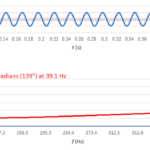
Why does the Fourier transform provide apparently inaccurate results, and what can I do about it? Part 4
The FFT can measure phase angle, but what appears to be a meaningful result might just be the arctangent of a ratio of rounding errors. Throughout this series, we reviewed the fast Fourier transform (FFT) as implemented in Microsoft Excel and investigated windowing functions. In this final part, … [Read More...] about Why does the Fourier transform provide apparently inaccurate results, and what can I do about it? Part 4
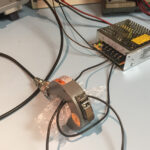
How to separate differential and common-mode harmonic noise currents
Differential-mode and common-mode currents can cause your product to produce radiated and conducted emissions. These three techniques can help you measure them. If you've dealt with EMC issues for any length of time, you've probably run into the term "common mode currents," which often lead to … [Read More...] about How to separate differential and common-mode harmonic noise currents
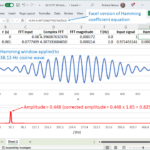
Why does the Fourier transform provide apparently inaccurate results, and what can I do about it? part 3
Windowing functions account for mismatches between an input signal and FFT sample size. We concluded part 2 of this series with a look at fast Fourier transforms (FFTs) of 39.1-Hz and 38.12-Hz cosine waves, with our sample size N = 512 and our sample interval Δt = 1 ms (Figure … [Read More...] about Why does the Fourier transform provide apparently inaccurate results, and what can I do about it? part 3
Sponsored Content
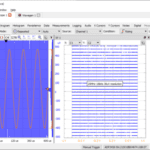
What is the importance of resolution in an oscilloscope?
When looking at the oscilloscope feature of a multi-instrument device or when comparing two benchtop oscilloscopes, the first specifications that we look at are the bandwidth and sample rate. While these are incredibly important specs, often most design work is done well within the limits of most products and the more critical specification to consider is resolution. Did you know that while most […]


